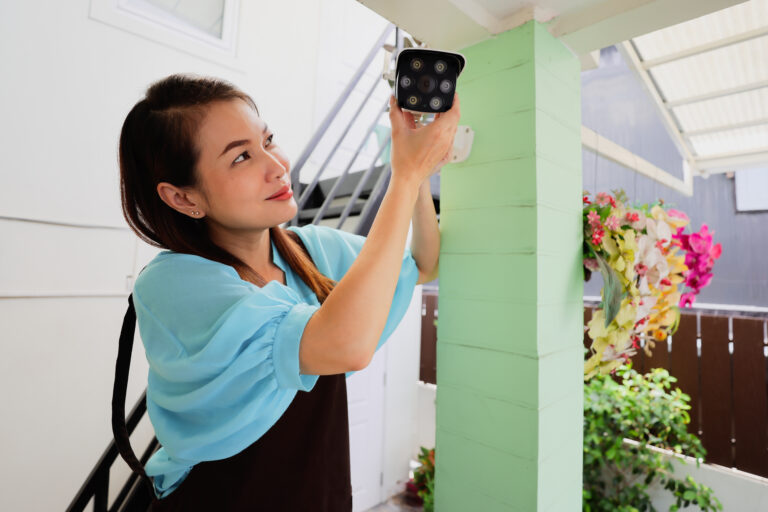Ensure all rooms (except for the kitchen and bathroom) are fitted with working smoke alarm systems.
Make sure all windows are locked and hinges are tight so they can't be manipulated by a potential intruder. Consider installing a security screen or shutter for added privacy, and hiding or locking away any sharp knives or objects that can be used against you in case of a break-in.
Install some finger guards to protect the hands of your little ones. This also prevents their doors and locks from being tampered with.
Key-operated locks can increase the security of your windows, ensuring intruders do not try and enter through them if the main entry and exit doors are locked. We recommend using the locks in conjunction with a dowel or security bar.
Do you have solid core security doors installed? What about finger guards to prevent tampering and protect the hands of your little ones? What type of locks do you have on your door, and how many? Installing triple locks and deadbolt locks will increase your door's security and physical strength.
In about 30% of break-ins, intruders will enter through the front door. Installing triple locks or a solid core security door can not only be a visual deterrent but can withstand most attempts to break the door down giving you some extra time to think and act in case of a break-in.
Are the entry and exit areas to your home well-lit? A well-lit home can decrease the likelihood of trips and falls, but it can also deter burglars since they’re not always game enough to break into a home that isn't empty. Additionally, if you are leaving your home, always leave a few lights on so intruders are given the impression that someone is home.
We'd also recommend getting a security camera for any main exit and entry points, particularly one that's motion-sensored, so you can keep an eye on anyone lingering around your home.
In case of a break-in, ensure you have a security alarm installed and working.
Key-operated locks are a must for windows in the bathroom. We’d also recommend pairing the lock with a security bar and security screen for an extra element of privacy. The last thing you want is somebody peering into your bathroom while you or any family members are taking a shower.
Does the sliding door to your patio or backyard have a keyed bolt? Some intruders can enter through the backyard if the front door proves to be too difficult, so having a bolt that can only be unlocked through a key can prove to be a lifesaver in case of a break-in. You should also think about getting a door jammer. Even if an intruder disables the keyed bolt, a door jammer makes it quite difficult for them to open the door.
We’d recommend investing in some motion sensor security cameras or lights for your front and back patio to alert you of any potential intruders.
Take your bins away from the side of your house, as potential intruders can use them to leverage themselves up to a window or into the backyard. Instead, store them in your garage (which should be locked at all times). Alternatively, chain them to a dog house or any other structure where they cannot be moved.
Similarly, lock away any tools – things like power drills, shovels, and mattocks can cause some serious harm if they get into the hands of a ballsy intruder.
Additionally, ensure any shrubbery or trees are trimmed, especially around your windows, gates, and doors, so potential intruders cannot hide behind them.
